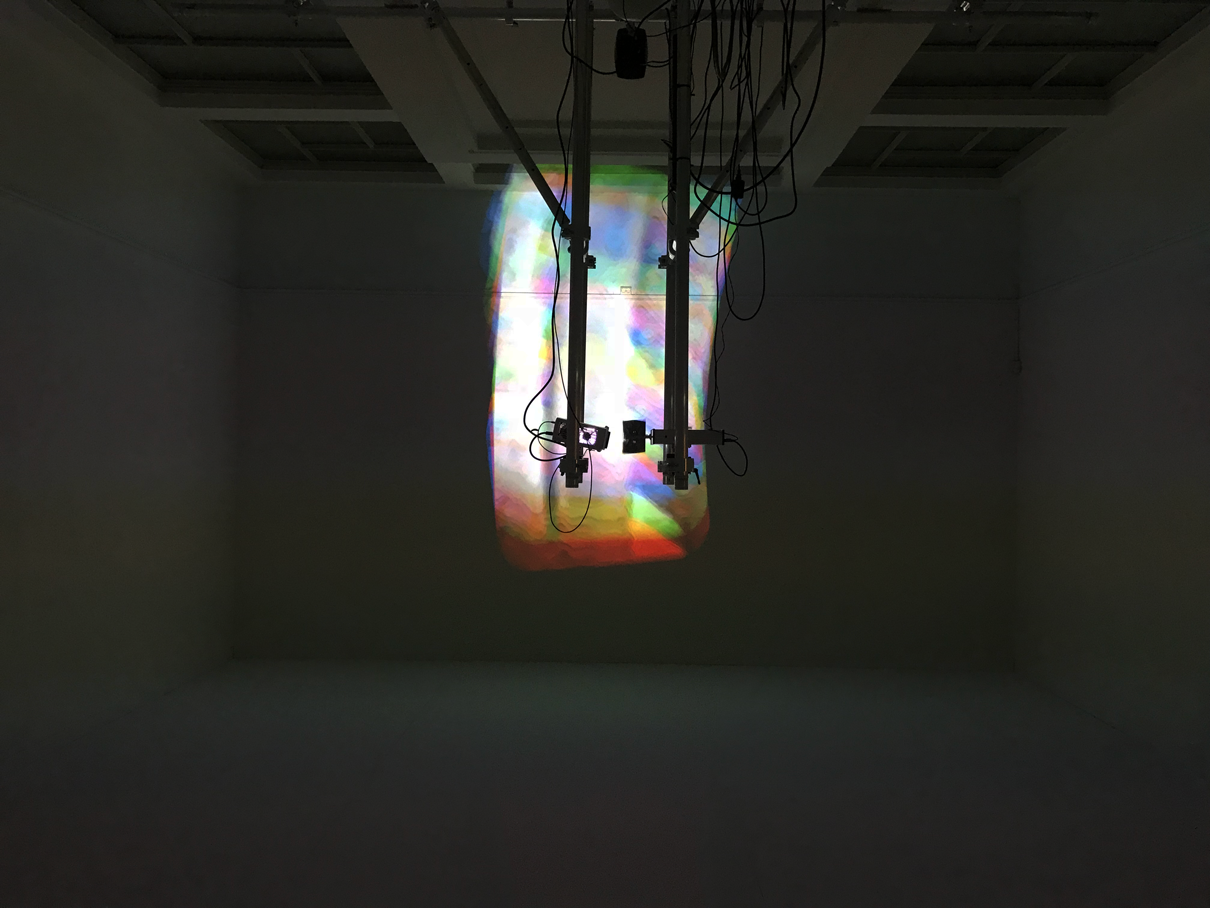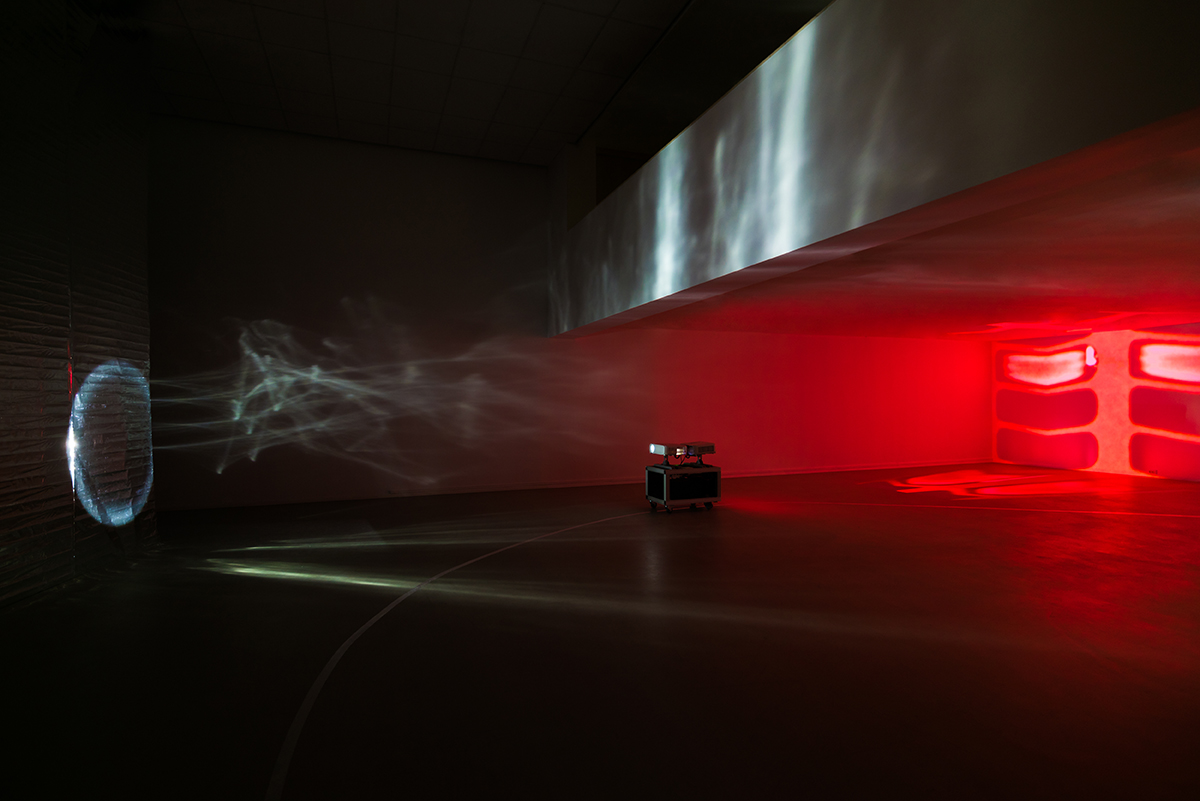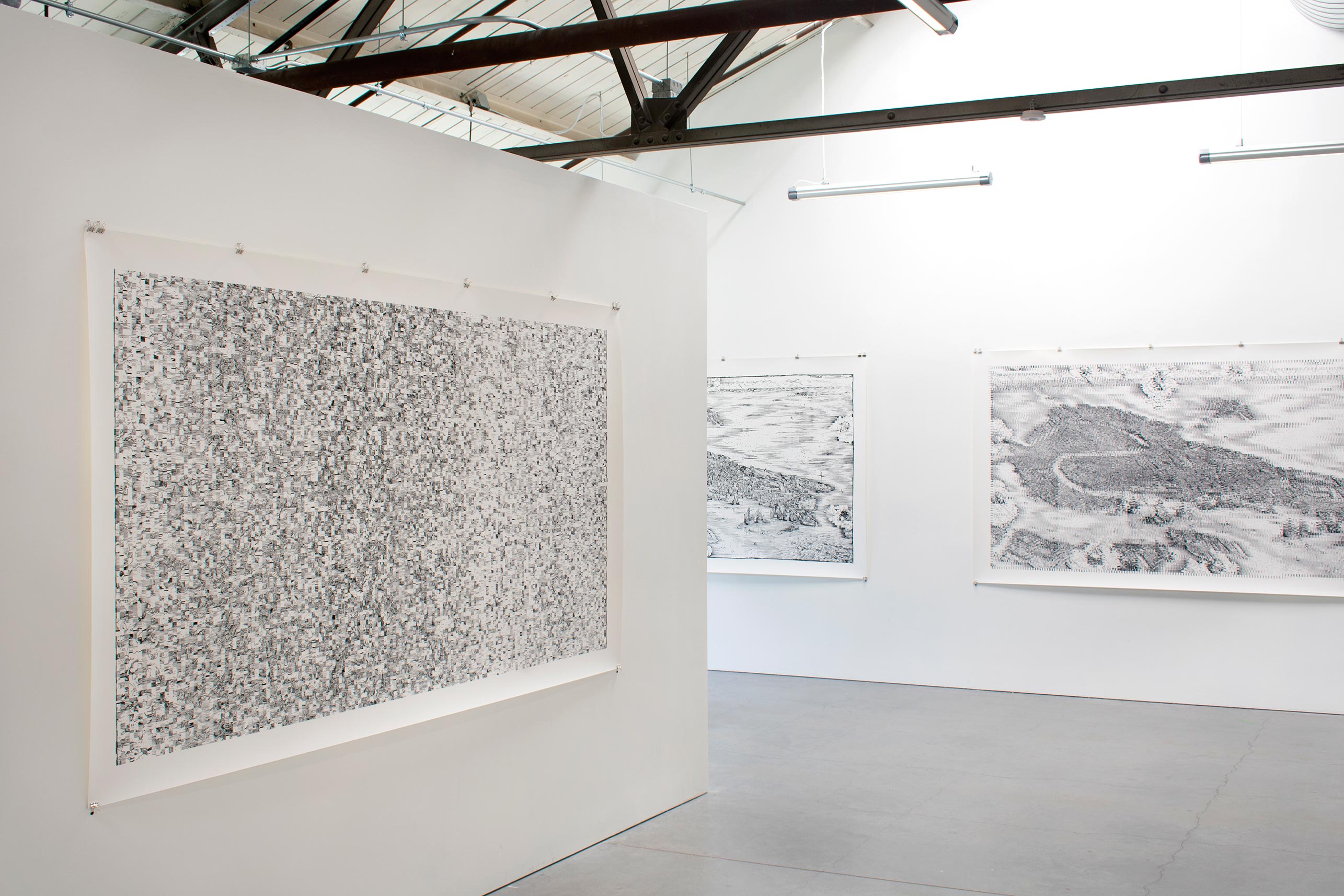You are in: research
Proxistant Vision (2015-ongoing)
The ongoing surge in aerial imaging and remote sensing technologies such as drones and satellites has introduced a new visual paradigm. Most prominently exemplified by Google Earth’s digital ride between globe view and street-level detail, this paradigm combines proximity and distance in a single image or across a dynamic flight or zoom. Combining the concepts proximity and distance, proxistance is developed in order to trace out the multiple paths and genealogies of the proxistant overview-detail effect as an intensification of the 18th-century mapping impulse and the old dream of total vision. The goal is to examine the proxistant paradigm as an indicator of how knowledge through vision continues to operate as a major attractor in a topologically organized society of control. However, there are also ways of thinking about proxistance as a form of feminist epistemology. Here, proxistance is the constant move between deep insight and broad overview, narrow focus and wide-reaching attention, knowledge of the detail, and seeing it in context.
A solo exhibition of the three works in the Proxistant Vision research project will be on view at Museum of Craft and Design, San Francisco, November 19, 2022–March 19, 2023.
The Proxistant Vision research project has been in part developed during PhD Fellowships at Faculty of Humanities, University of Oslo, and Trondheim Academy of Fine Art, Norwegian University of Science and Technology in the period between the 2015 and 2019.
 Ferriscope
Ferriscope Zoom Blue Dot
Zoom Blue Dot VENETIE 11111100110
VENETIE 11111100110 VENETIE MMXVII
VENETIE MMXVII